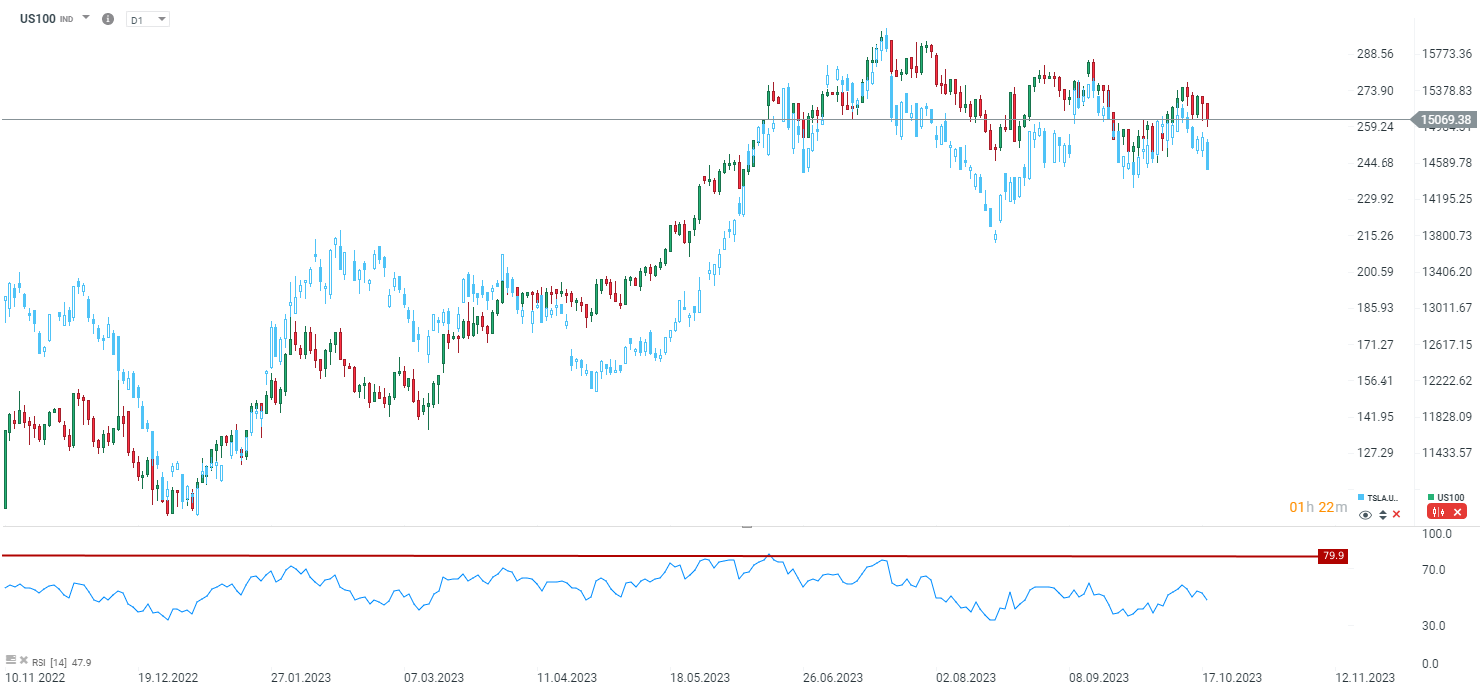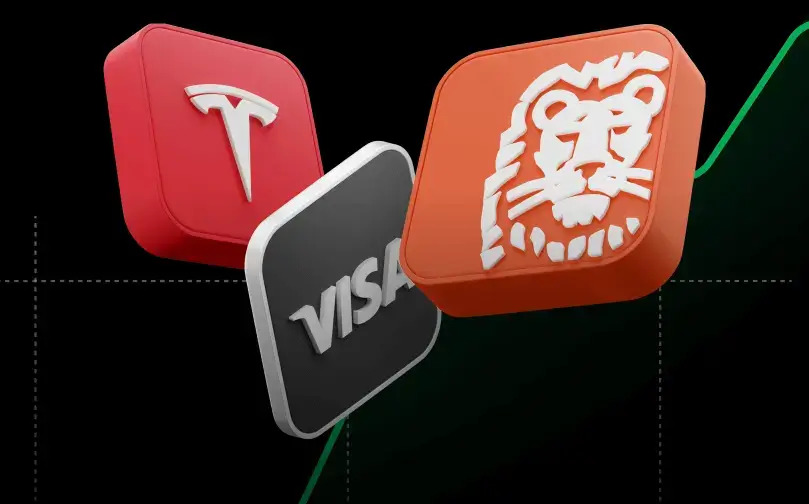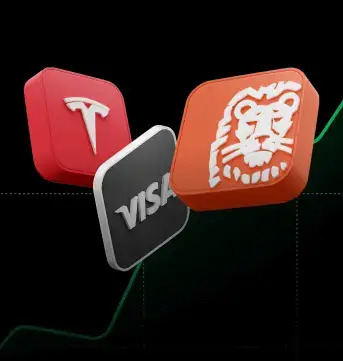Tesla's Q3 23 earnings came in below expectations, with adjusted EPS of $0.66 and revenue of $23.4 billion, missing analyst estimates of $0.74 and $24.06 billion, respectively. Free cash flow also fell short of expectations, at $848 million versus $2.59 billion.
The company's gross margin also declined slightly, to 17.9% from 18.2% in the previous quarter (18% was expected). The market was concerned that the gross margin would decline much lower.
Despite the miss in earnings and revenue, Tesla's results were still quite good compared to some concerns. The company delivered 435 059 vehicles globally while consensus was higher at 456 722 units and it was about 7% lower than in the previous quarter. Tesla is still expected to produce 1.8 million vehicles this year but the last quarter of this year will need to be very strong (more than 500k units).
Tesla's earnings miss was likely due to a number of factors, including:
- Supply chain disruptions: Tesla has been facing supply chain disruptions for some time now, and these disruptions continued to weigh on production and deliveries in Q3. Moreover, the modernization of factories was also a reason for lower production and deliveries.
- Rising costs: Tesla has also been facing rising costs for raw materials and other inputs. This has put pressure on the company's margins. On the other hand, the recent decline of some materials such as lithium may indicate better prospects in the future.
- Price cuts: Tesla cut prices on its vehicles several times in Q3 in order to boost sales. This also puts pressure on margins. Of course, the decision was also made due to weak demand in the automotive industry not only in China but also globally
Tesla's shares are gaining in after-market trading as results were not so bad as margins fell only slightly in comparison to the previous quarter. Of course, there are concerns that margins may decline further but Tesla is still expected to deliver 1.8 million vehicles this year.

Source: xStation5
DE40: Regulatory and diplomatic escalations amid holidays
Novo Nordisk - There Were Risks, Now It's Time for Opportunities.
US OPEN: Renewed optimism at the beginning of the week
Nvidia: Potential H200 Shipments to China in the Spotlight


